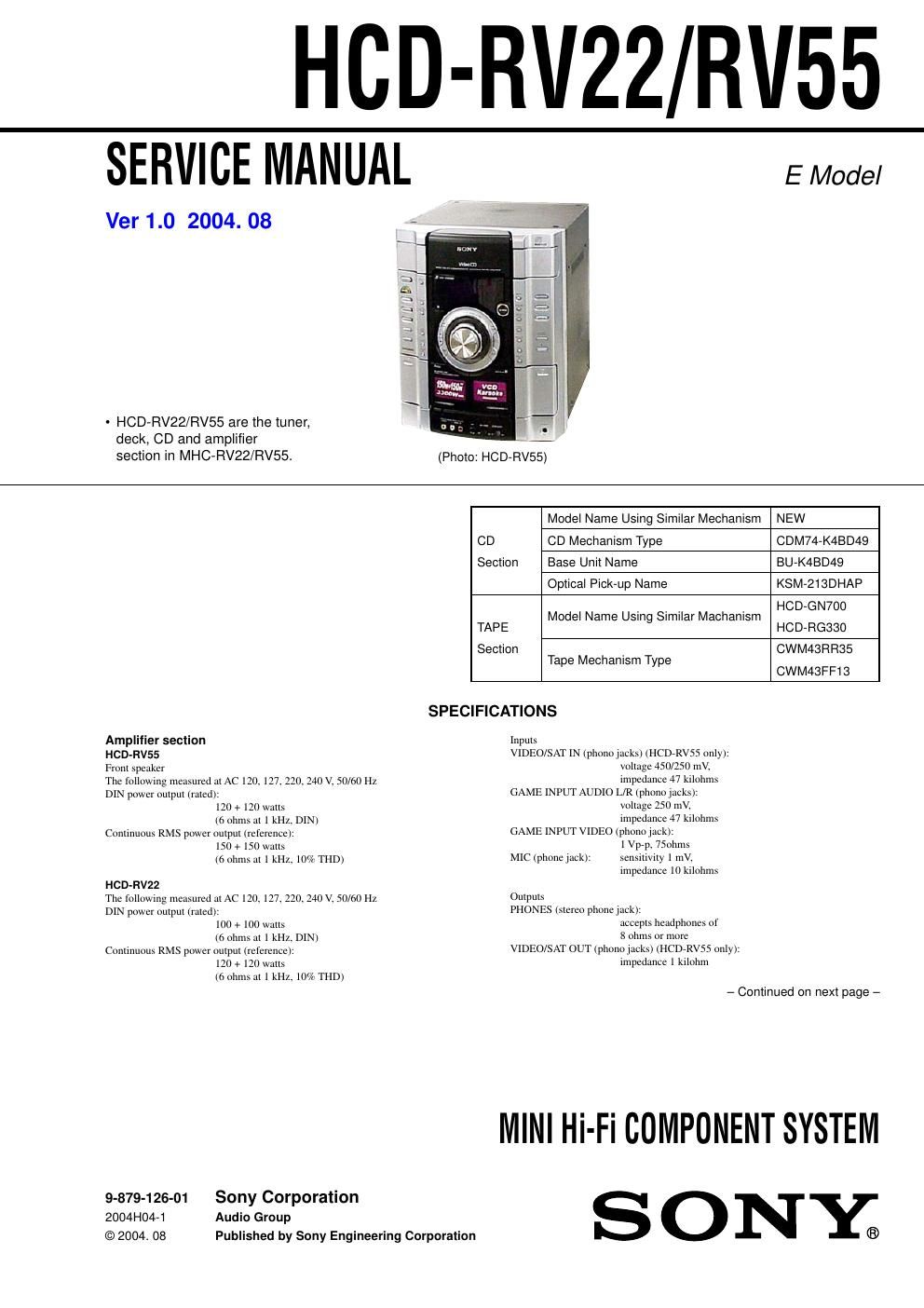Sony hcd rv 22 rv55 ver1 0
This is the 86 pages manual for sony hcd rv 22 rv55 ver1 0.
Read or download the pdf for free. If you want to contribute, please upload pdfs to audioservicemanuals.wetransfer.com.
Page: 1 / 86
